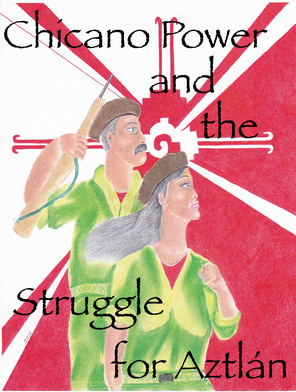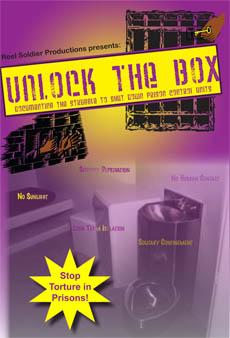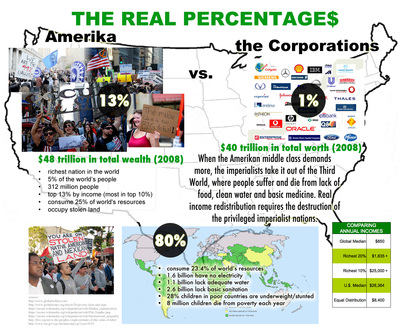
Learn from the Hunger Strike and Build
I want to extend a raised fist and reflect on the second round of the hunger strike here in Pelican Bay. As most know, prisoners once again attempted to achieve some sort of sense of humanity, if such a thing is possible in SHU. The demands were not fully met in the original strike, and this combined with the state’s propaganda offensive pushed many of us captives into another push of resistance! This is what I attempt to give perspective on in this writing.
We need to review the entire process of any effort in order to learn from it. This is the process of evaluating the action (or inaction) and using these lessons to help us in future life choices. I’m not just speaking of this most recent effort but also anywhere else in Amerika where this same injustice presents itself.
We must remember the torture and abuse suffered and understand that torture will not stop from a peaceful protest. Torture in imperialist Amerika will always exist in one form or another so long as this system of state sanctioned white supremacy exists. So long as the oppressed nations are hunted down like Third World people, just as the Afghani villager flees when s/he hears the sound of helicopters, knowing it is the NATO occupiers, so too do the oppressed Brown and Black peoples understand when the helicopter comes over our neighborhoods, we too are its prey.
The SHUs are but another expression of what the people live with psychologically in the barrios and ghettos across Amerika. We are locked physically in these concentration kamps, told what to read, what to look at, what to listen to and what to think. People out in society are also experiencing this control on a more subtle level, and in our communities we are hunted down lethally. In Amerika our task force 373 (kill squad) is the pigs where as in the Third World it is the U.$. military who go into Third World nations when Third World people raise their objection.
Today the corporate media announced that Gaddafi was killed and as they showed his corpse, and as Obama made a speech about how Gaddafi was a “mad dog” for not respecting the human rights of all Libyans, I sit in solitary confinement with no sunlight, no human contact, and all the oppression that comes with being in SHU. The truth is Amerika doesn’t see Brown or Black people as worthy of human rights. This is why millions of us are criminalized; why we are shot dead unarmed in the streets and prisons by the pigs. This is why we are not given work and suffer a new caste system of being branded a felon, and it’s why mothers and fathers are ripped apart from children and deported as “illegals.” Illegals! Who are the real illegals?!
The second hunger strike erupted September 26 but unlike the previous strike there was no negotiating teams, no attorney visits to work as mediators, no coverage in the corporate media and so many people here did not know a strike was happening until later in the effort. The numbers I got were approximately half the SHU participated in this second effort, which was fewer than last time, but I also heard more participated in prisons across Amerika and even some county jails. This proves my theory that the longer these efforts take place the more they will be supported. Prisoners get used to the idea of struggle. It brings to the forefront the everyday issues that affect every prisoner, particularly the issue of state repression. This of course is the state’s worse nightmare.
I continue to believe that an effort prepared well in advance is far more effective and would be more supported and last a longer amount of time. I think the first strike lasted three weeks because it was prepared for properly. To just announce you’re going to do something and do so will get many to participate, but if an effort is ill prepared it won’t be as lasting and may not be as effective.
I myself was very angry after the first strike because I didn’t feel the demands were essential to a mass effort. Things like shut down all SHUs, end the three strikes, end the death penalty, are things I think are worthy of demands. These are issues that affect every prisoner, not just some. I am very proud of the California prison population for its awakening and learning to stand up en mass, yet we should look deeper into our demands and make sure they reflect the true causes of our oppression.
We can see California prisoners are on the move. It took the many years of groups like MIM(Prisons) along with prison revolutionaries working on the inside to raise the consciousness to see this oppression we live with in these dungeons. MIM(Prisons) once said “Lenin always insisted that change does not occur in straight lines, despite our wishes. And like all Marxists, he stressed historical materialism, which means that ideas come from material reality and not vice versa. We can imagine the world we want and wish it into existence, but that will not make it so. What Marxists do is look at the contradictions in humyn society and study the forces that make them up in order to understand how to resolve them.”(1)
I think California prisoners are indeed looking at the contradictions we live with and finding ways to resolve them. This by no means is going away. More and more prisoners are taking notice and coming to support the Pelican Bay SHU battles while raising their own demands wherever they reside in Amerika’s concentration kamps. Let the demand for human rights for prisoners reach every cage in this imperial empire. Power to the people!
Campaign info:
California Strike Against Torture in Prisons - 8 July 2013
Related Articles:This article referenced in:








